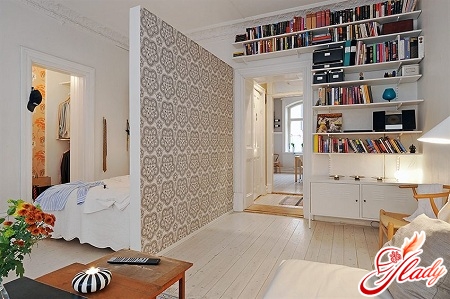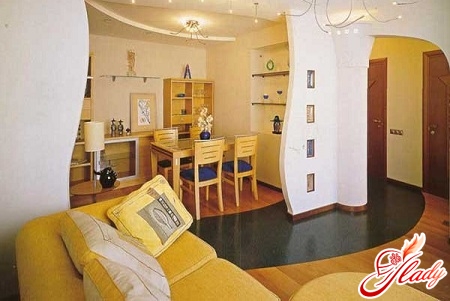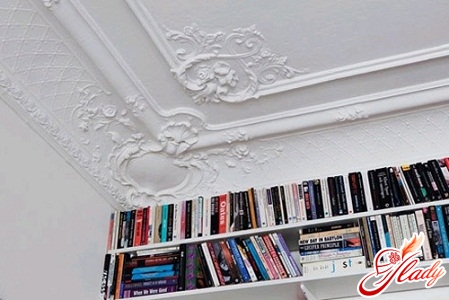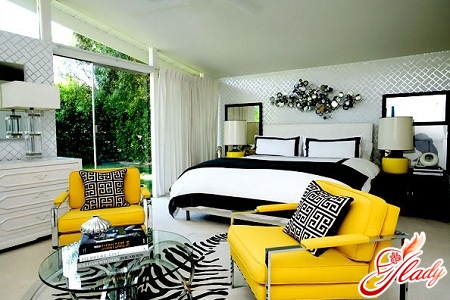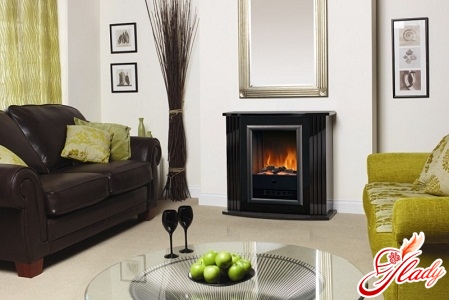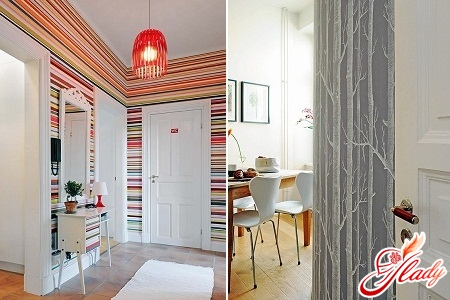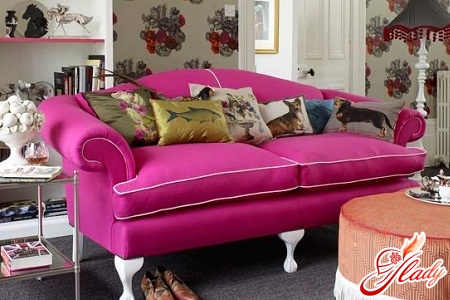 Are you familiar with the concept of "pseudo-art"?This means unreal, imaginary, not genuine. So when we talk about the art of interior design, and above all, about interior styles, by pseudo-art we mean one very ambiguous style. Kitsch is a style of pseudo-art in interior design. The word "kitsch" itself was given to us by the Germans, and translated from German it means something tasteless. It is not even a style, but a kind of disorderly mixture of styles, a combination of incompatible elements, disharmony and chaos. Nevertheless, art critics talk about kitsch as a style. Is this possible? And if so, why? And how did this concept come about? What caused its appearance in interior design, and how can we distinguish any avant-garde or original style from tasteless kitsch? And even more so, how can we avoid becoming a victim of such a "stylistic solution"? Let's try to figure it out.
Are you familiar with the concept of "pseudo-art"?This means unreal, imaginary, not genuine. So when we talk about the art of interior design, and above all, about interior styles, by pseudo-art we mean one very ambiguous style. Kitsch is a style of pseudo-art in interior design. The word "kitsch" itself was given to us by the Germans, and translated from German it means something tasteless. It is not even a style, but a kind of disorderly mixture of styles, a combination of incompatible elements, disharmony and chaos. Nevertheless, art critics talk about kitsch as a style. Is this possible? And if so, why? And how did this concept come about? What caused its appearance in interior design, and how can we distinguish any avant-garde or original style from tasteless kitsch? And even more so, how can we avoid becoming a victim of such a "stylistic solution"? Let's try to figure it out.
Types of "kitsch" style
Kitsch in interior design comes in two main types:chosen consciously and appeared spontaneously (unconsciously). Conscious kitsch is just a real interior style, which is chosen by relaxed and extraordinary individuals in order to show and emphasize their uniqueness and unconventional thinking. Spontaneous kitsch is also called an unconscious style, which is chosen by people who strive to emphasize their wealth (usually ostentatious) by any, sometimes very absurd means. It is precisely about unconscious kitsch that it is worth talking in more detail. This style in the interior arises either from poverty, which people try in every possible way to veil and hide, or, conversely, from an exorbitant amount of money and the desire to "blow the imagination." Therefore, kitsch as a pseudo-art has no material value. And even rich home decoration, expensive furniture and the most fashionable finishing elements can form an interior in the kitsch style. But, oddly enough, both conscious and unconscious kitsch have almost the same distinctive features.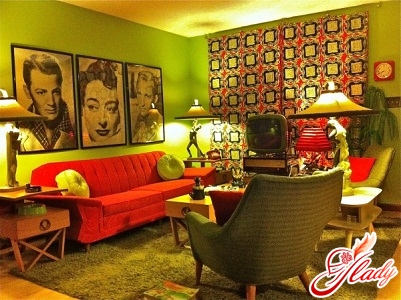
Distinctive features of "kitsch"
Loudness and flashiness are the main thingsCharacteristics of kitsch. A house decorated in the kitsch style simply screams (if not to say "yells"): this is what I am like! Finding yourself in such an environment, you will immediately feel it, because visually kitsch manifests itself in excessively bright colors, clutter with necessary and completely inappropriate things, a mixture of elements of different styles and attributes of wealth on display. In conscious kitsch, this is only an apparent disorder, more of a provocation than bad taste. This is a kind of demonstration of aggression, independence from public opinion and a challenge to this very public, but a deliberate and carefully thought-out challenge. Such conscious kitsch can already be called art, the ability to combine the incompatible and combine the incompatible. In unconscious kitsch, the effect of garishness is also achieved due to the irrepressible desire of the author of this "work" to declare himself. But in this case, it is precisely the dependence on public opinion and the unwillingness to "lose face in the dirt" that come to the fore. If there are not enough funds for this, then all sorts of imitations of expensive interior elements and attributes of wealth are used. In general, kitsch in the interior looks like this: stucco and columns in small apartments with low ceilings, fountains in the rooms, carpets and reproductions (and even posters) of famous paintings on the walls, fountains in the rooms, ubiquitous gilding. And also all sorts of "under": under wood, under marble, under parquet, under crystal and so on and so forth. But neither imitation of wealth nor real wealth will ever look noble and elegant if the owners of such an interior set themselves the goal of bragging about this wealth (or imaginary wealth). In any case, the kitsch interior style is a challenge, a message that "I am not like everyone else" or "I am not worse than others."
The emergence of the style of "kitsch"
How did kitsch (bad taste) manage to take shape ininterior style? It was formed unconsciously. It is clear that feigned solidity and imaginary wealth are simply the scourge of many, many people of different classes and different incomes. And it became possible to realize such a desire when, with the advent of mass production, fakes of expensive and high-quality things flooded the market. That's when everyone rushed to turn their homes into "rich apartments". So what? Maybe not velvet, but plush, not gold, but bronze paint, not marble, but polystyrene - but beautiful and "rich"! So kitsch has its roots in the distant (let's say, not very distant) past, when provincial hotels sought to resemble capital hotels, and middle-class citizens wanted to look no poorer than wealthy nobles. And during the Soviet Union, kitsch was dictated by the desire to confirm "status". So, if you have carpets and crystal, then you have status (although everyone had carpets back then, and there was plenty of crystal). Kitsch from wealth is probably even worse than kitsch from poverty. If the desire to disguise financial insolvency can still be understood and explained, then the arrogance of truly rich people borders on insanity. It seems that they have the means and the opportunities. But, alas, there is no sense of beauty and the ability to stop in time. Unfortunately, in our time, kitsch has not become less tenacious. On the contrary, thanks to modern technology, this trend has not only survived, but has spread even more widely. In order not to fall victim to the widespread desire to ennoble your home by any means, you need to observe the measure and rules of interior design. And if you want to shock, you can use kitsch as an art of interior design.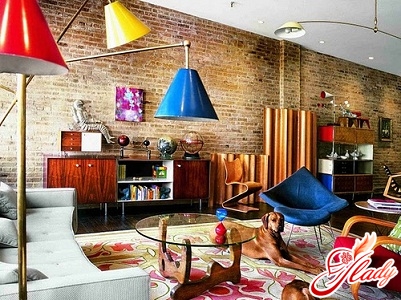
"Kitsch" as a true interior style
Intentional kitsch is a rare occurrence, especially ifit becomes a real work of art. This style is especially loved by young people and nihilistically minded bohemians. True interior kitsch is ironic. It is a kind of parody of antiquity, acting as a special stylistic device when “relics of the past” are ridiculed and the achievements of modernity are emphasized. But such an embodiment of style is available only to “reckless” youth or refined taste. If you are original, extraordinary, do not recognize recognized authorities and reject established traditions, then the kitsch style in the interior is your style. But its choice must be conscious! We recommend reading:




